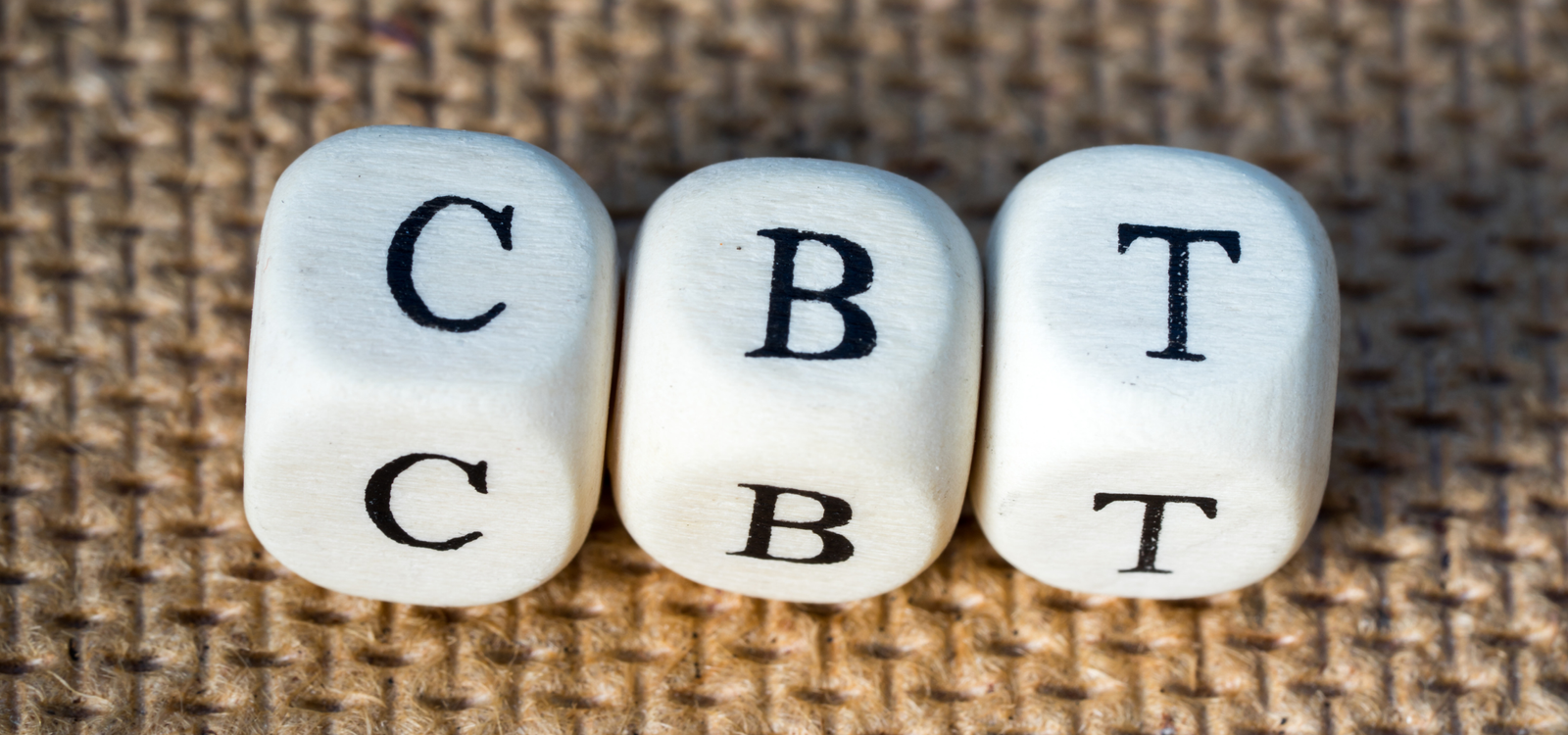
Understanding the Thought Record Sheet in Cognitive Behavioral Therapy (CBT)
Download the though record sheet from here.
https://drive.google.com/file/d/1S74wZLALWkXkM4iO7TzNumUXa362YZsT/view?usp=sharing
In Cognitive Behavioral Therapy (CBT), a thought record sheet is a valuable tool used to identify and challenge negative thoughts and beliefs. It serves as a structured way to examine and reframe unhelpful thinking patterns. By using a thought record sheet, individuals can gain insight into their thoughts, emotions, and behaviors, ultimately leading to positive change and improved mental well-being.
The Purpose of Using a Thought Record Sheet
The primary purpose of using a thought record sheet in CBT is to help individuals recognize and replace negative or distorted thinking patterns. It enables them to identify the triggers, thoughts, emotions, and resulting behaviors associated with specific situations or events. By examining these patterns, individuals can develop healthier and more adaptive ways of thinking, leading to improved emotional responses and overall functioning.
Here are five examples of how to fill out a thought record sheet:
Example 1:
Situation/Trigger: Receiving critical feedback at work
Emotions: Anger, frustration, self-doubt
Automatic Thoughts: “I’m a failure,” “I’ll never succeed,” “Everyone thinks I’m incompetent”
Evidence for: Previous instances of negative feedback
Evidence against: Positive feedback from colleagues, past achievements
Alternative Thoughts: “Constructive feedback helps me grow,” “I can learn from this experience,” “I have succeeded in the past and can do so again”
New Emotions: Motivation to improve, determination
New Behaviors: Seeking guidance, setting goals for improvement
Example 2:
Situation/Trigger: Being stood up for a social event
Emotions: Sadness, disappointment, loneliness
Automatic Thoughts: “Nobody likes me,” “I’m not worthy of friendship,” “I’m always alone”
Evidence for: Recent instances of feeling left out
Evidence against: Past positive social experiences, supportive friends
Alternative Thoughts: “It’s not a reflection of my worth,” “People have other commitments,” “I have meaningful relationships in my life”
New Emotions: Self-compassion, acceptance
New Behaviors: Engaging in self-care, reaching out to friends
Example 3:
Situation/Trigger: Making a mistake in a presentation
Emotions: Embarrassment, shame, anxiety
Automatic Thoughts: “I’m incompetent,” “Everyone noticed my mistake,” “I’ll never recover from this”
Evidence for: Feeling embarrassed in the moment
Evidence against: Past successful presentations, positive feedback from colleagues
Alternative Thoughts: “Mistakes happen to everyone,” “I can learn from this experience,” “I have overcome challenges before”
New Emotions: Resilience, determination
New Behaviors: Seeking feedback for improvement, practicing self-compassion
Example 4:
Situation/Trigger: Receiving a rejection letter for a job application
Emotions: Disappointment, frustration, self-doubt
Automatic Thoughts: “I’m not good enough,” “I’ll never find a job,” “I’m a failure”
Evidence for: Feeling rejected and discouraged
Evidence against: Past successful job experiences, positive feedback from previous employers
Alternative Thoughts: “This is just one opportunity,” “Rejections are part of the process,” “I have valuable skills and experience”
New Emotions: Resilience, determination
New Behaviors: Applying for other job opportunities, seeking support from a career counselor
Example 5:
Situation/Trigger: Receiving a negative comment on a social media post
Emotions: Anger, hurt, self-doubt
Automatic Thoughts: “Everyone thinks I’m terrible,” “I should delete my account,” “I’m not worthy of attention”
Evidence for: Feeling attacked and criticized
Evidence against: Positive comments and interactions on previous posts, supportive friends
Alternative Thoughts: “Not everyone will like what I post,” “I can learn from this feedback,” “I have a supportive network of friends”
New Emotions: Resilience, self-acceptance
New Behaviors: Engaging in positive online interactions, setting boundaries
By consistently using a thought record sheet, individuals can become more aware of their automatic thoughts, challenge negative thinking, and develop more balanced and realistic perspectives. This process empowers individuals to take control of their thoughts and emotions, leading to improved mental well-being and a more positive outlook on life.
Learn More
Understanding the Cognitive Triad in Cognitive Behavioral Therapy (CBT)
CBT TRAINING AT ITS BEST AT EMOCARE
Learn More
